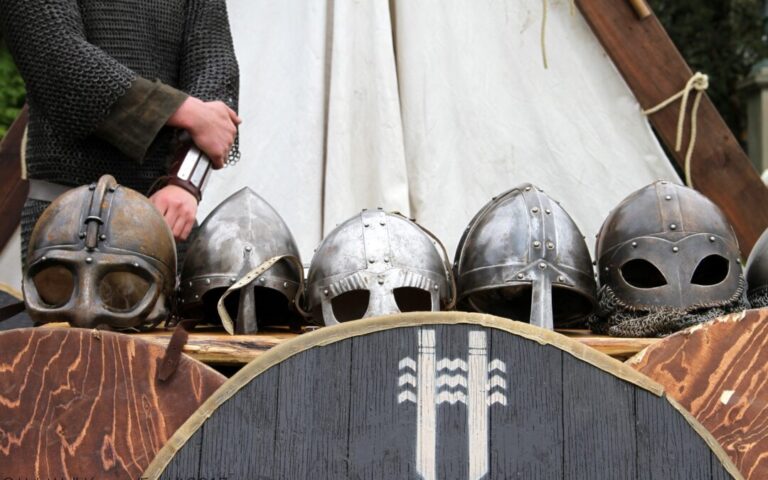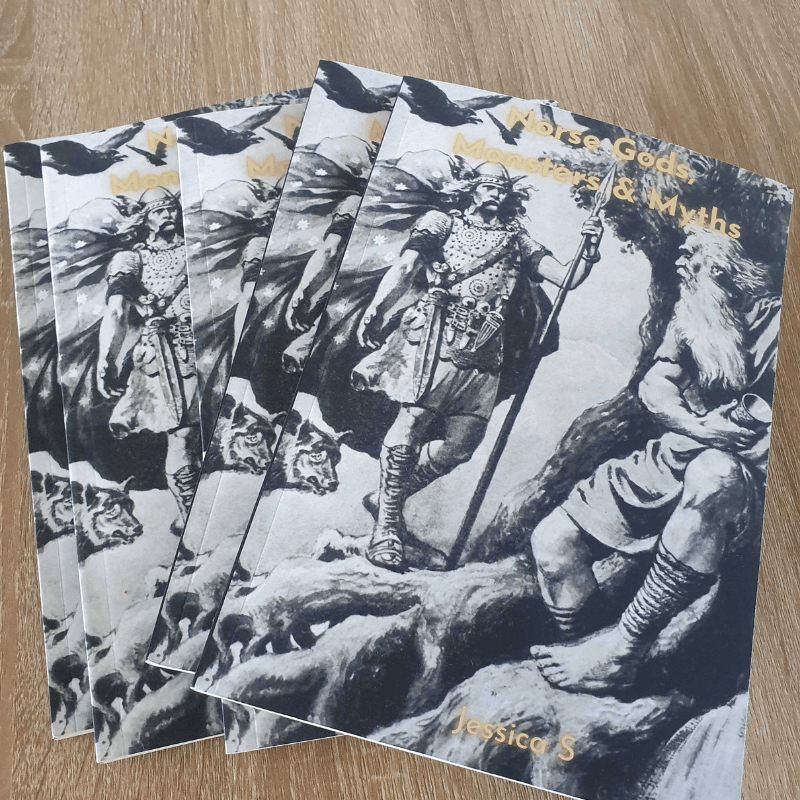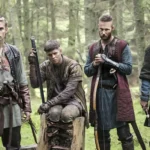We know the Vikings had an expansive outlook and looked beyond their territory for trading, raiding, and settlement opportunities.
With that in mind, and despite the geographic proximity of Poland to the Viking world, Poland rarely features in English-language scholarship about the Vikings and their activities.
Most accounts jump over the large territories to Novgorod and the Kyivan Rus in the east and trade with the Byzantine world.
This article will briefly review what we know about Viking activity in Poland.
Poland: A Timeline
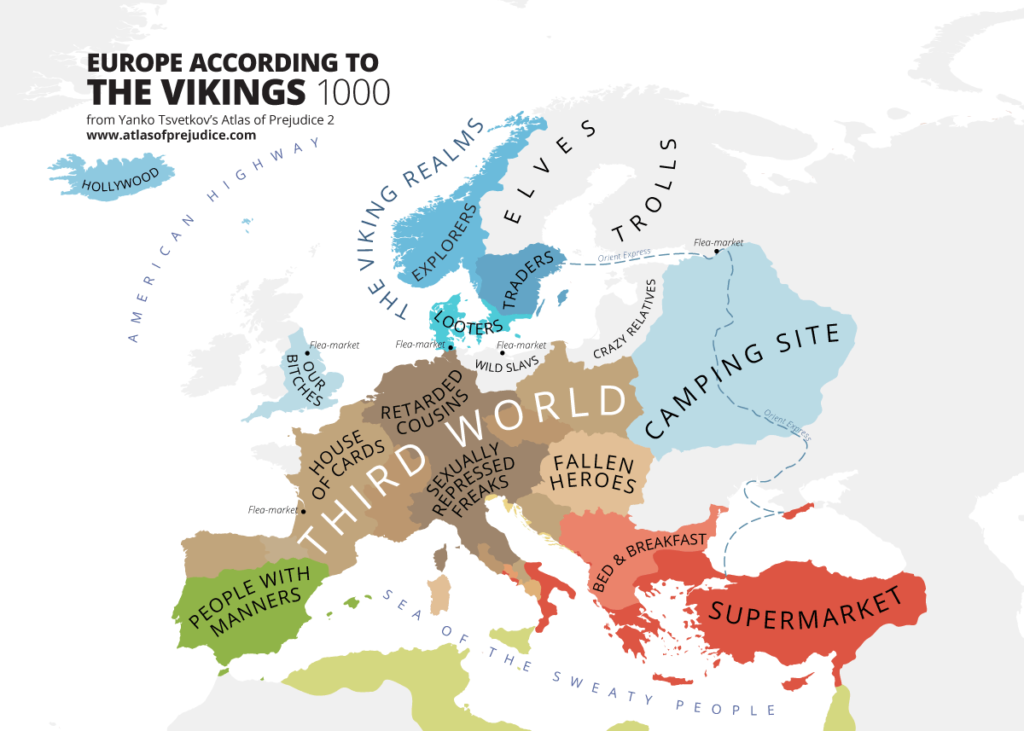
While Rome never extended its territory into what is now known as Poland, the fall of the Roman Empire in the West had a profound impact on the region.
Before the fall, Poland was occupied by Slavic peoples and some Baltic people along the northern fringes.
They seem to have displaced an earlier Celtic culture, linked to La Tene, which was evident from around 400 BCE.
From the 5th century, Germanic people began to move into the area, and by the 8th century, Poland was occupied by a new multi-ethnic population that was predominantly Slavic but with significant Baltic and Germanic influence.
They were organized into small “tribal” communities, with people defining their identity and defending their territory via geographically distinct communities.
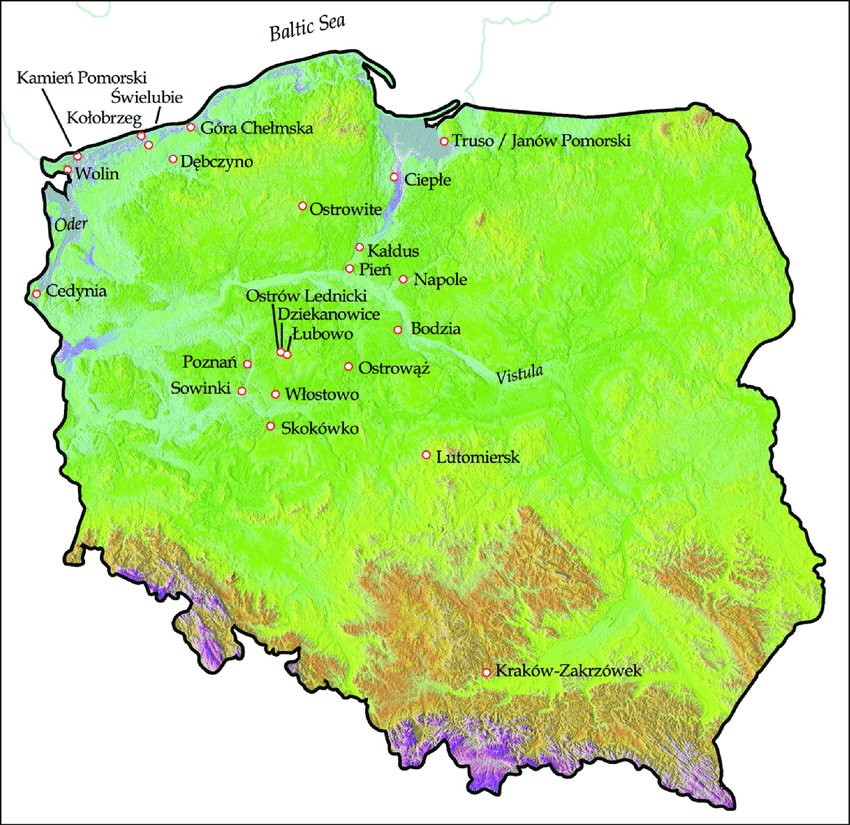
The Vikings started raiding the Baltic by the early 8th century, as evidenced by recent archaeological finds in Estonia, including the Salme ships.
From here, we know they traveled east into Russia, creating settlements, and as far as the Byzantine Empire for trade.
It is only logical that they would have utilized routes that traversed much of Poland to take advantage of the continents’ river systems.
This is verified by isolated “Viking” artifacts discovered across the country. But what was the main Viking activity ?
Raiding
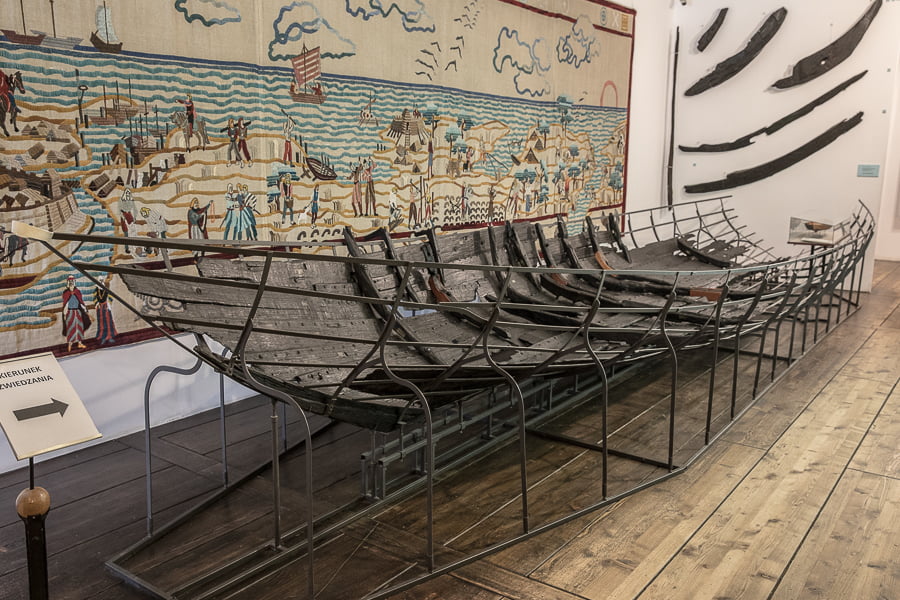
There is little question that the Vikings took the opportunity to raid their Polish neighbors, taking anything of worth, which principally meant slaves.
It has now been confirmed that slaves were the main commodity acquired and sold by the Vikings.
It is even speculated that the word “slave” comes from the word “slav,” because of the sheer number of Slavic slaves in Europe due to Viking activities.
We also know that at least one group of Vikings, the Jomsvikings, set up a stronghold for themselves in Poland, on the island of Wolin.
This is mentioned in the sources and is supported by limited archaeological evidence.
The Jomsvikings weren’t just any group of Vikings.
Unlike the Vikings who settled in places like England, and traveled with family, the Jomsvikings were an elite order of warriors.
They had to be between the ages of 18 and 50 and commit to the life of a warrior without a wife and children.
They sold their services as mercenaries, but they also must have made a good “day-to-day” living as raiders to maintain their lifestyle.
The fact that they chose to build their stronghold on the Polish coast suggests it was a lucrative area for raiding.
Raiding activity is further confirmed by the discovery of a Viking longship in the water just outside Gdansk.
It was a Viking-style longship built in the 10th century, but in contrast to Viking ships which used iron rivets, it was assembled using treenails and moss as caulking.
It is unclear whether this represents Vikings adapting to local traditions, or locals copying Viking ship designs.
In either case, there is clear evidence of Viking sails in the area.
Trading and Settling
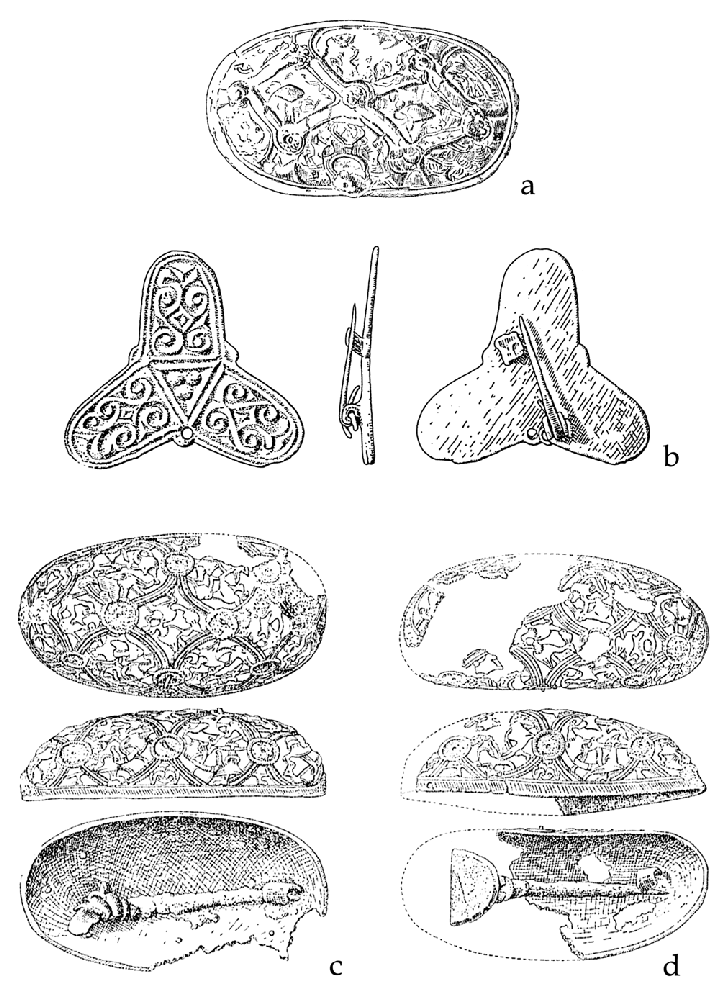
We also know that the Vikings probably traded extensively with the locals, as this was customary for Swedish Vikings in the east.
This supposition is supported by excavations at an 11th-century burial site near Lodz.
It was identified in the 1940s as a multi-generational necropolis with many Scandinavian-style grave goods, but it was unclear how exactly this should have been interpreted.
Recent DNA analysis of the bodies shows that the people were a mix of Slavic and Scandinavian people and that the Scandinavians were present in all periods, suggesting prolonged contact.
A 10th/11th-century cemetery excavated near Bodzia also seems to have contained the bodies of Vikings, with graves containing Viking-type swords, as well as items associated with trade. Several of the bodies show that they died violent deaths, which suggests that their activities included a mix of raiding and trading.
However, while some spectacular Norse artifacts have been found in Poland, we are talking about fewer than 100 objects, compared to the thousands that have been found in places like Britain.
This suggests that Viking penetration into the area was certainly less extensive in Poland than in places like Britain.
Alliances
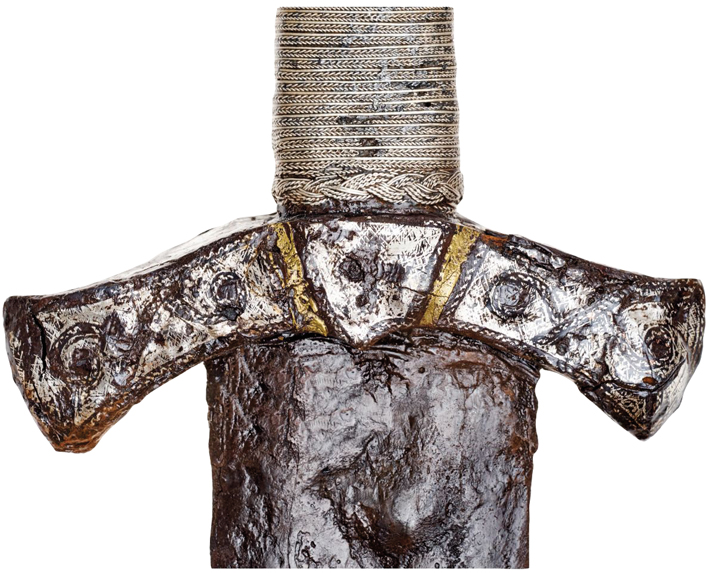
We also know of significant political alliances between the Vikings and the Poles.
In the late 10th century, Duke Mieszko I established the Piast Dynasty, which would rule much of Poland until the 14th century.
His daughter, and the sister of the next important Piast ruler Boleslaw I the Brave, was known as Sweitoslawa.
She has been identified as Sigrid Storrada, who entered into marriages with both Eric the Victorious and Sweyn Forkbeard.
She was the mother of Cnut the Great, who went on to establish the North Sea Empire.
A necropolis near Cieple dating to the 11th century and containing around 60 bodies included the chamber tombs of four warriors, which DNA has confirmed hailed from Denmark.
They were buried with a variety of weapons, including swords, spears, and daggers, as well as full sets of equestrian equipment such as spurs, stirrups, bits, and buckles.
This suggests the presence of a Scandinavian elite in the area, perhaps as a result of their alliance with the Piasts.
End of the Viking Age
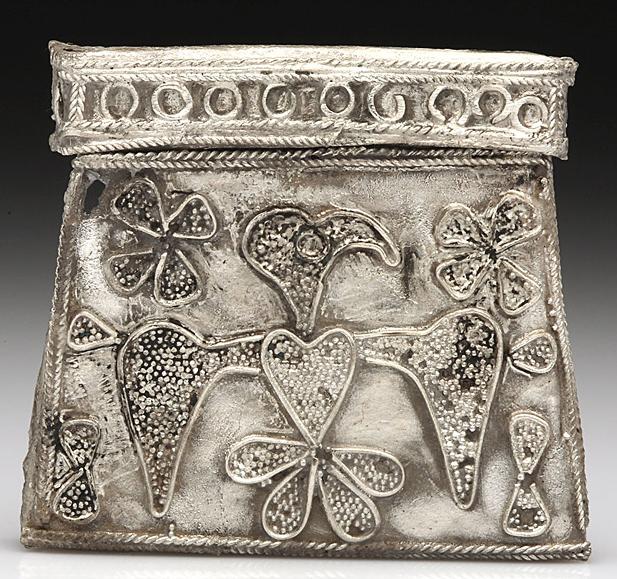
Viking influence in Poland seems to have ended for the same reasons as their influence declined elsewhere in Europe.
First, with the Piasts consolidating their power, they were better able to defend themselves against Viking threats.
Second, both the Vikings and the Poles started to convert to Christianity in the 10th century.
This resulted in a more uniform culture across Europe, making it much more challenging to identify specific Viking influences.
